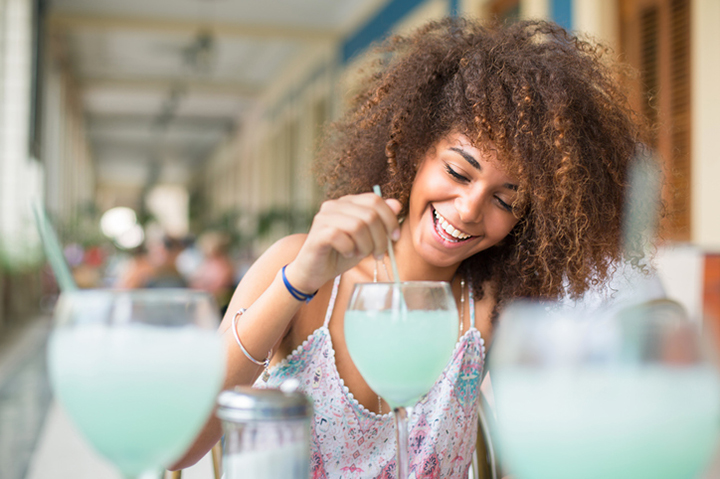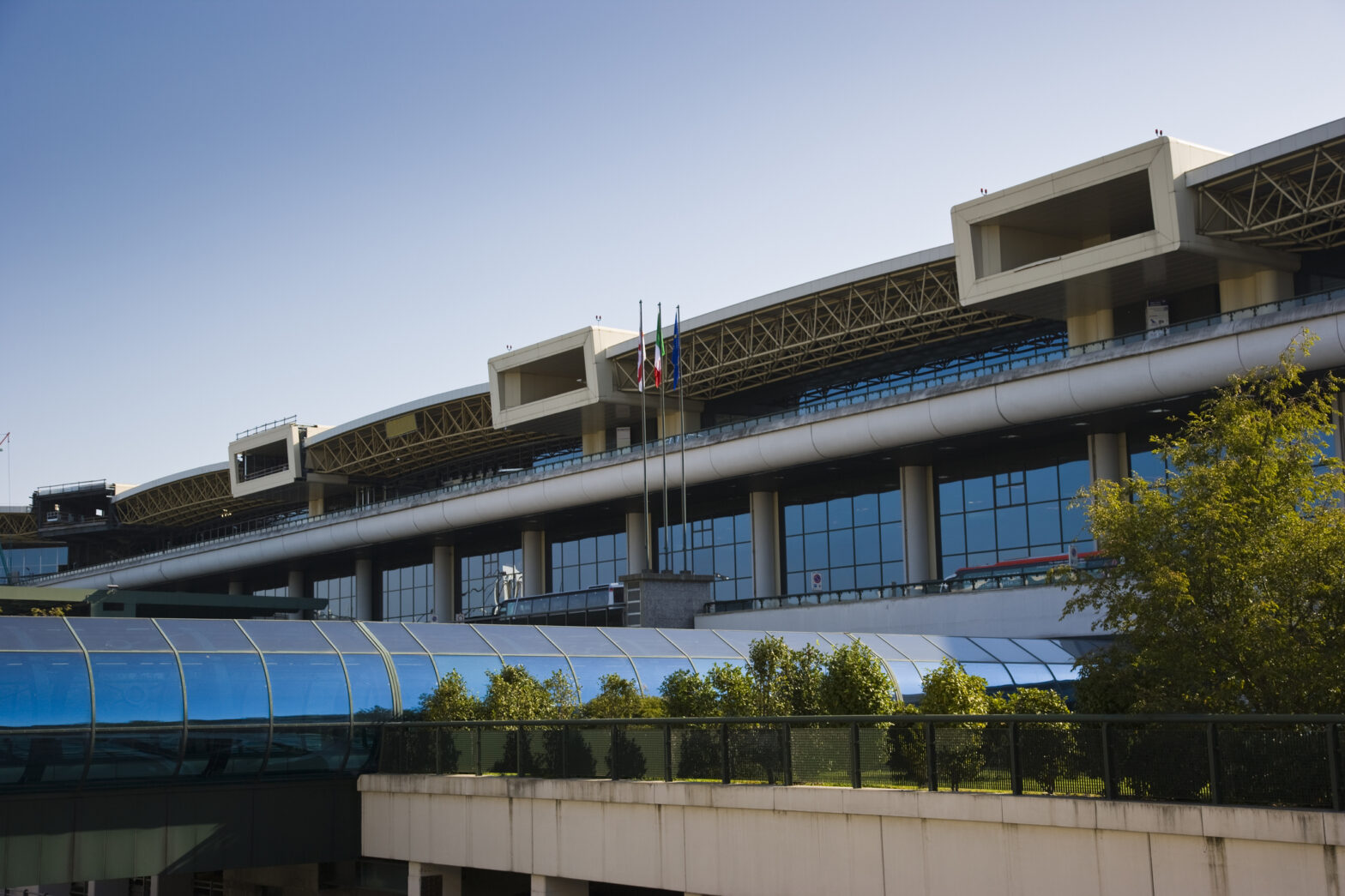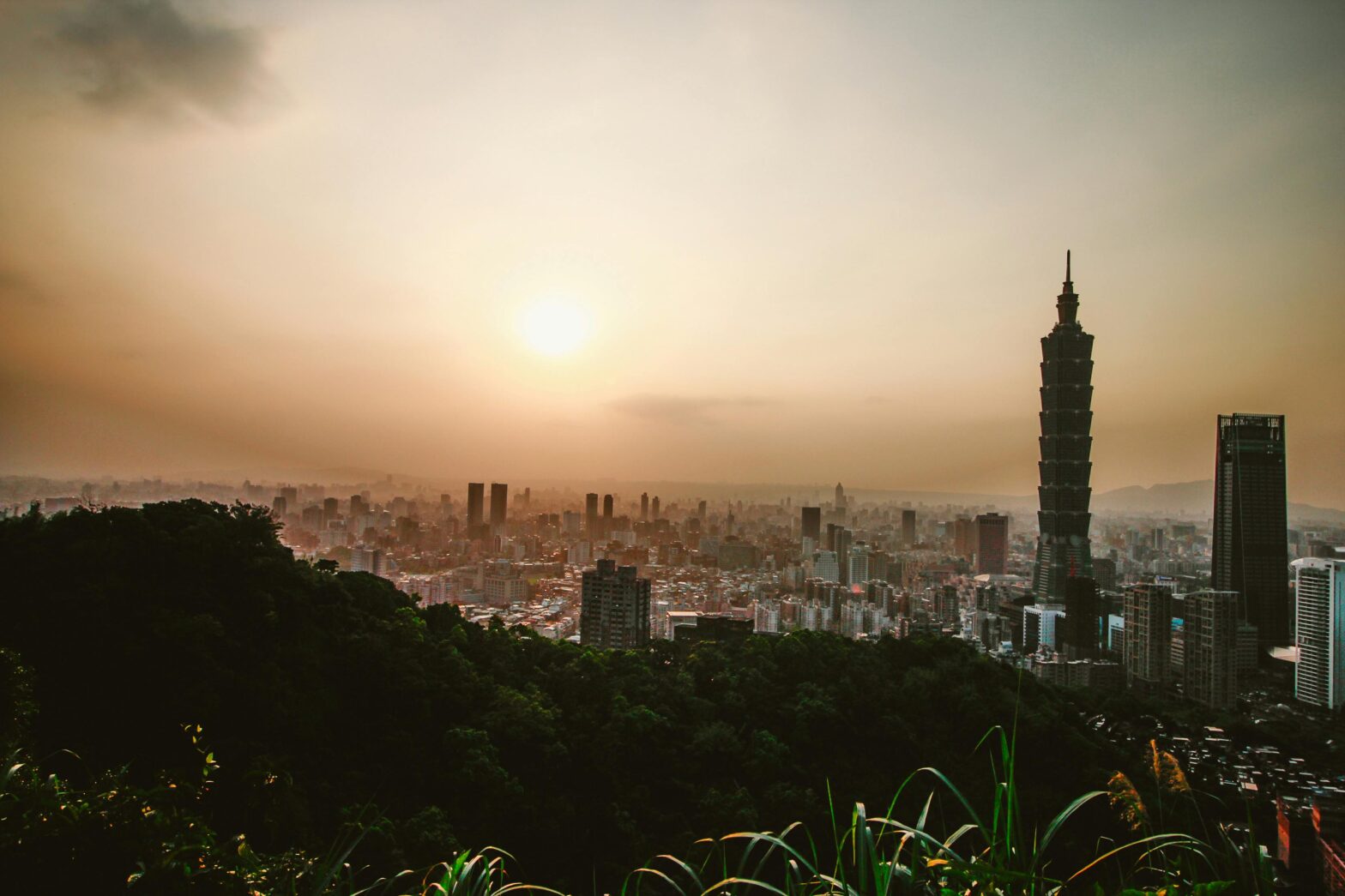The expertise of Cuba‘s light rum masters now appears on UNESCO‘s list of intangible heritage. The recognition acknowledges an eight-generation legacy on the island.
“It is a recognition of the generations of Cuban rum masters and… of the tradition of Cuban rum,” rum master Asbel Morales, 54, told AFP.
In 1862, the island’s first master rum producers perfected their abilities around Santiago de Cuba in the island’s east. Today, they appear in local rum distilleries across the Caribbean.
Light rum manufacturers have passed down the secrets of the distilling process from generation to generation. Cane juice is the ingredient most associated with agricultural rum. However, for light rum, it is molasses, a thick black syrup obtained from sugar cane. It is the rum most commonly used in cocktail recipes and has a 40% alcohol level.
The Cuban distillers stated in their submission to the United Nations’ cultural organization UNESCO that “master knowledge is more than simply a collection of talented distillers” and that it also includes moral guidelines for public and private behavior.
Excellent practices
Master rum producers are also well-versed in “its history and excellent practices, which extend beyond brand names and marketing.”
In Cuba, there are now 14 master rum makers: three “first masters,” seven “masters,” and four apprentices.
In the past, the craft was a 100% male trade. However, that has changed and today there are two female “masters” and three female trainees.
Most of the members of this guild have studied chemistry. However, they must also have extensive taste, scent training, and many years of experience.
“Rum is not only a spirit but also an important part of our cultural expression. It represents an important part of our culture,” said Morales, who has been a master since 1993.
Master rum makers understand “the composition and history of every barrel, cask rotations or repairs. They know combinations that give specific aroma, color, and body,” according to the UNESCO proposal.
Other Cuban practices have already been classified as intangible human heritage, such as the Tuma Francesa (2008).
The Tumba Francesa (French drum) is a set of songs and dances accompanied by percussion. This dance arrived in Cuba with French colonists and their Haitian slaves in the late 18th century.
Other Cuban cultural manifestations have also received this status from UNESCO. They are Cuban Rumba (2016), Punto Cubano (2017), and Las Parrandas (2018).
History
Cuban light rum emerged in 1862 in the city of Santiago de Cuba. An uninterrupted transmission of the Cuban light rum masters’ knowledge was passed along in aging cellars, mixture areas, and laboratories.
This knowledge is a set of traditional, scientific, sensory knowledge and techniques transmission that ensures the safeguarding of the Cuban light rum manufacturing process.
Regardless of brand, light rum masters follow an ethical code centered on respect for Cuban rum culture and its history and good practices, with ecoculture and harmony with the environment at its core.
The transmission of light rum’s master knowledge is a life-long learning process passed down from generation to generation and includes protecting aging cellars, knowing their contents and characteristics and the history of each barrel, and knowing which mixtures result in a given appearance, aroma, taste, and texture.
Masters form a guild-type community with selective admission that advocates for responsible consumption and acts as a cultural bridge between Cuba and the rest of the world.
Recently, Delta Air Lines announced it is resuming its operations from Miami to Cuba. The two daily nonstop flights will start on April 10, 2023, and they will connect Miami International Airport to the José Martí International Airport in Havana, Cuba.





